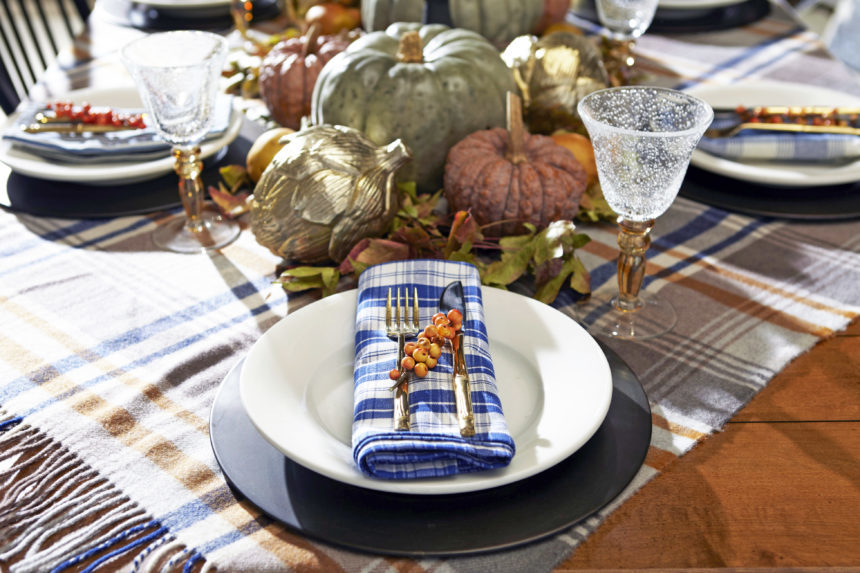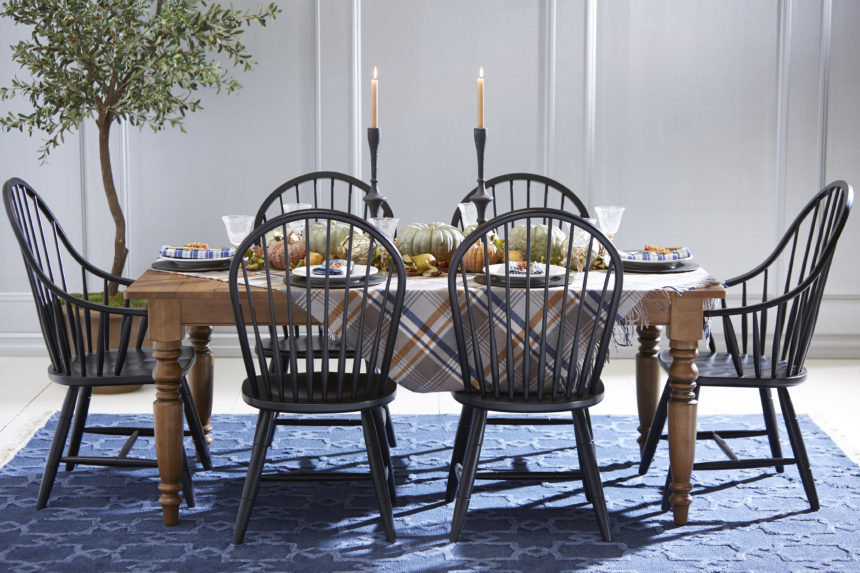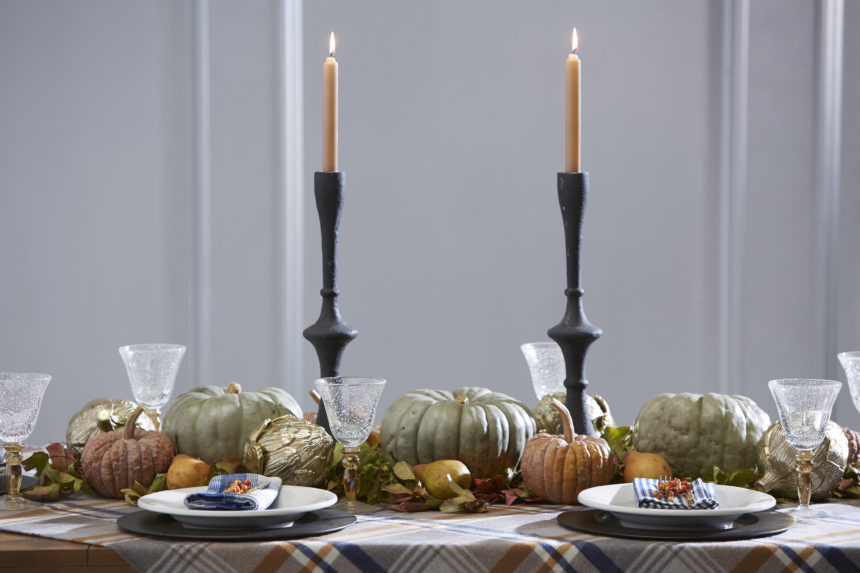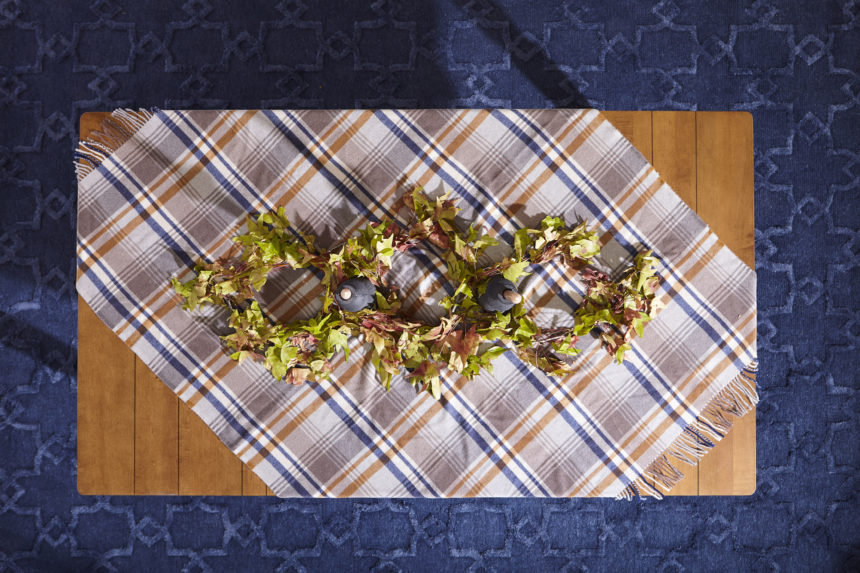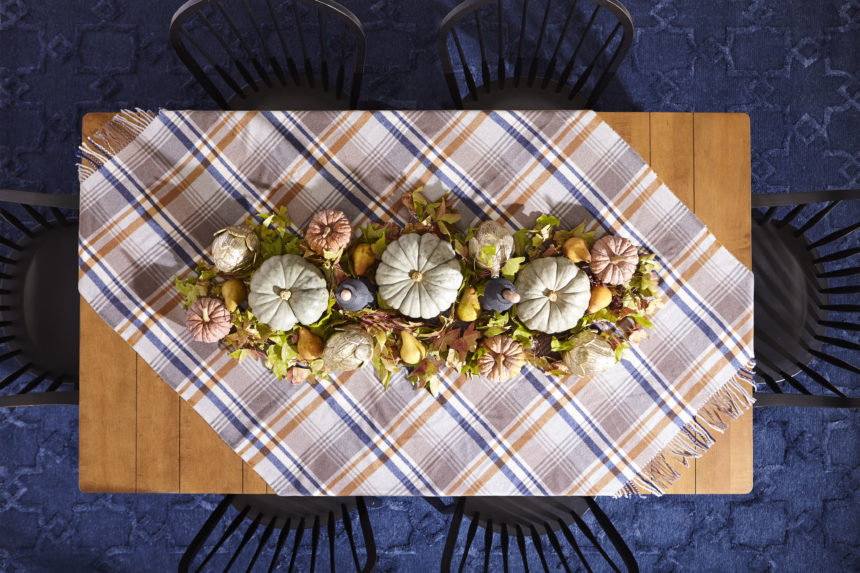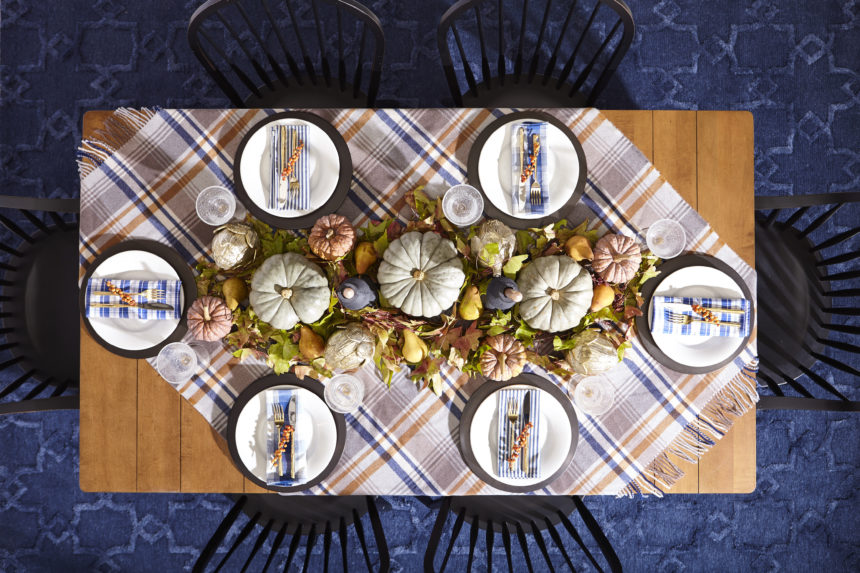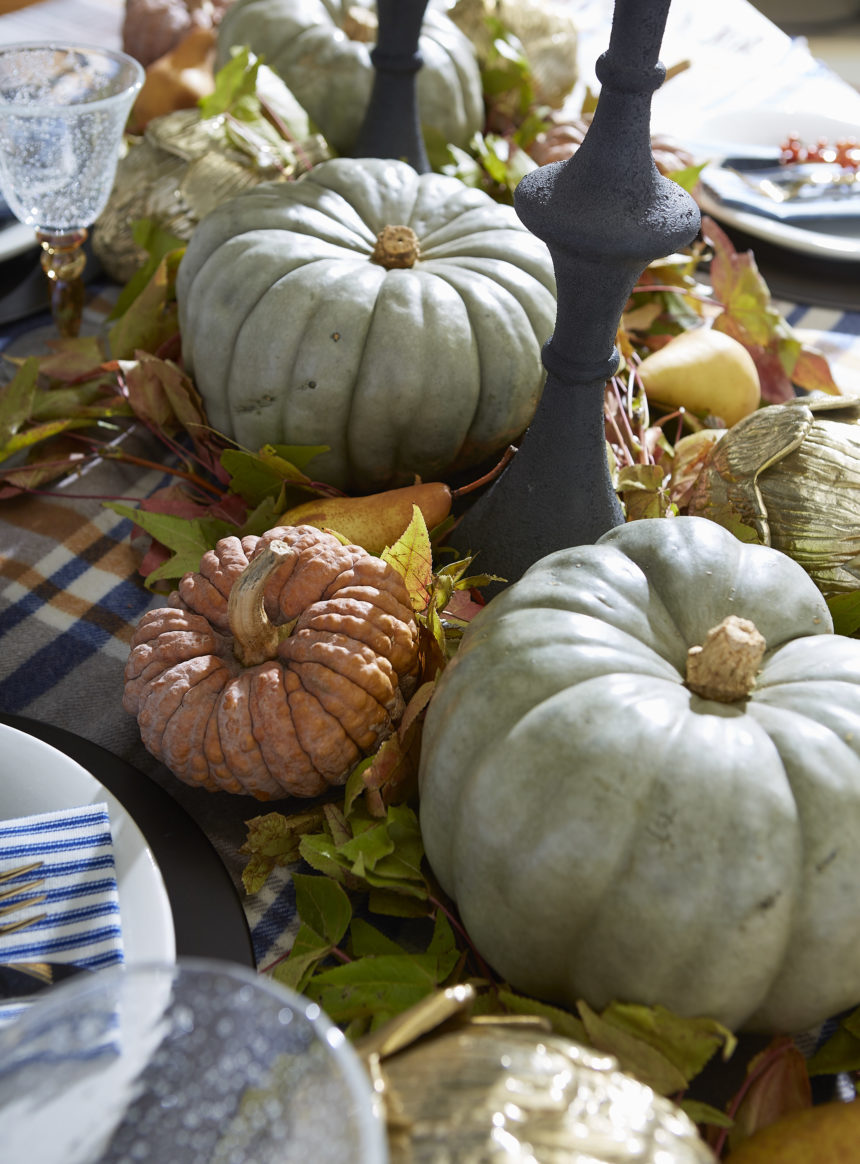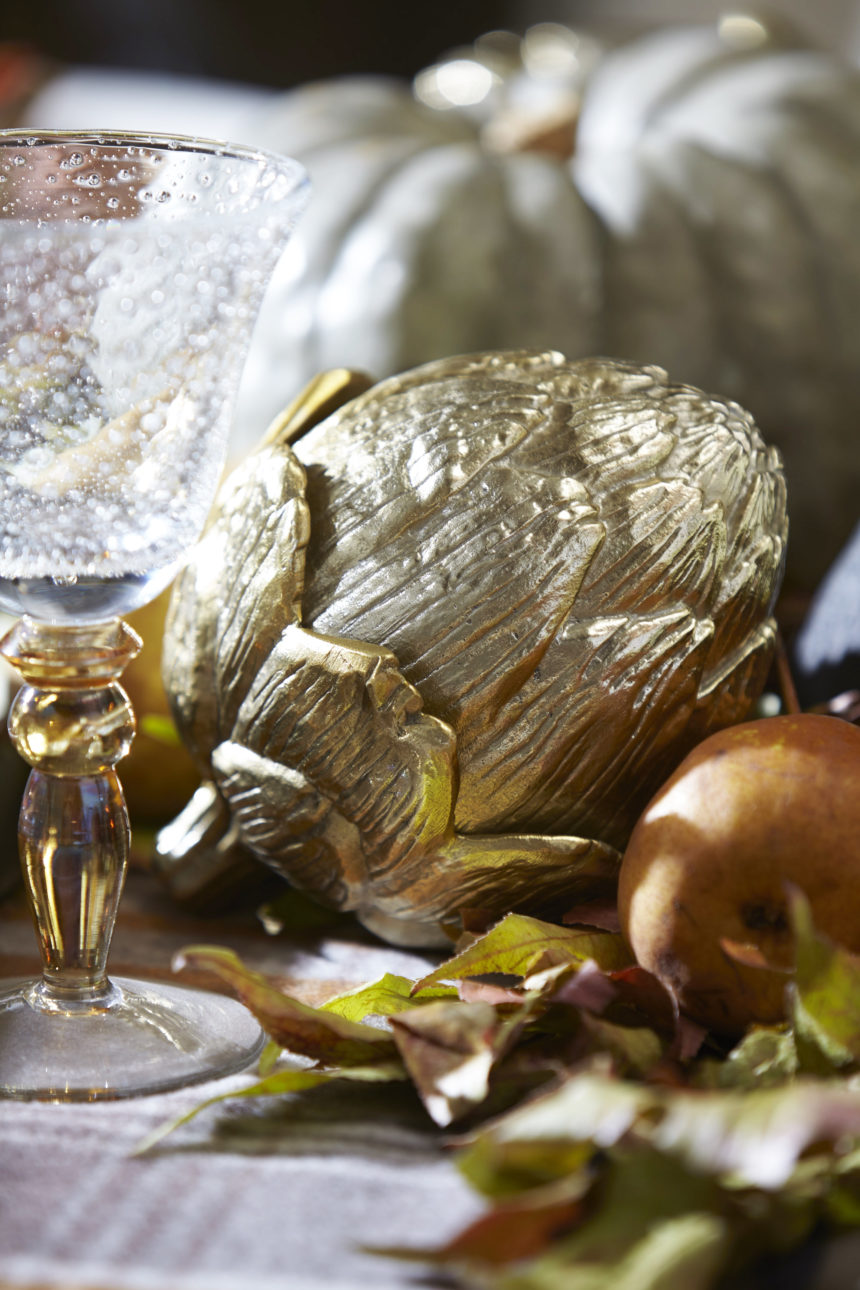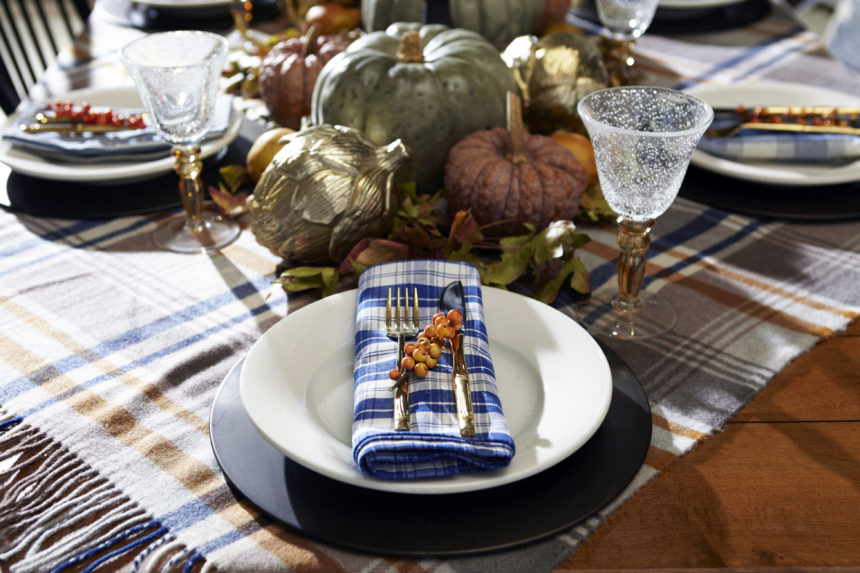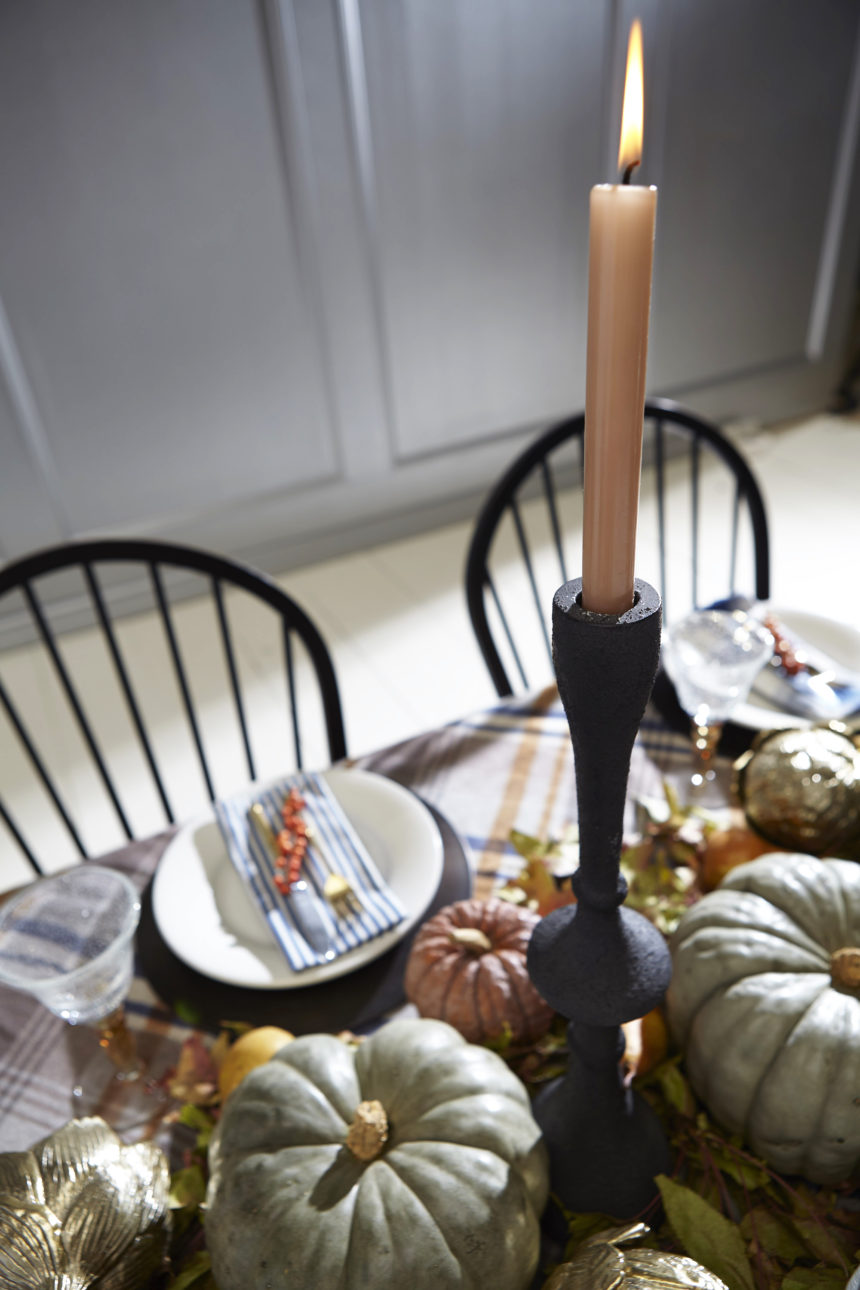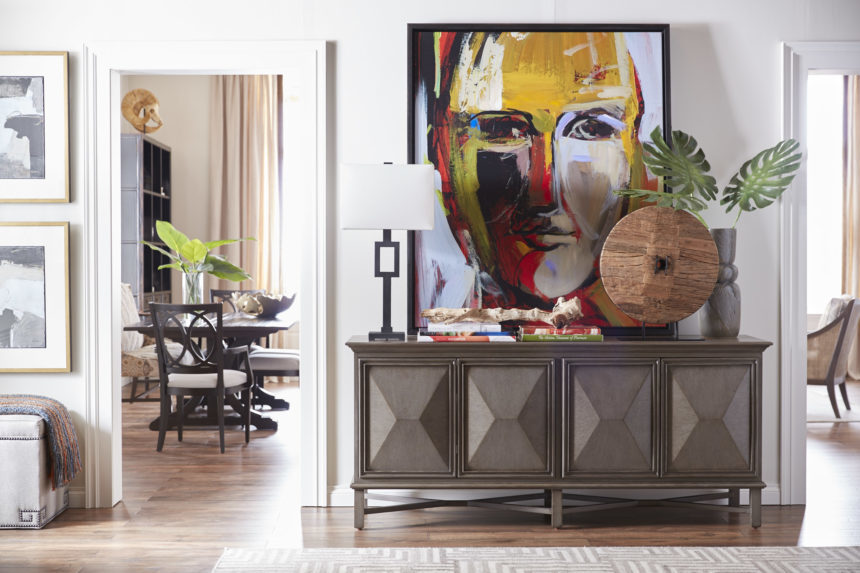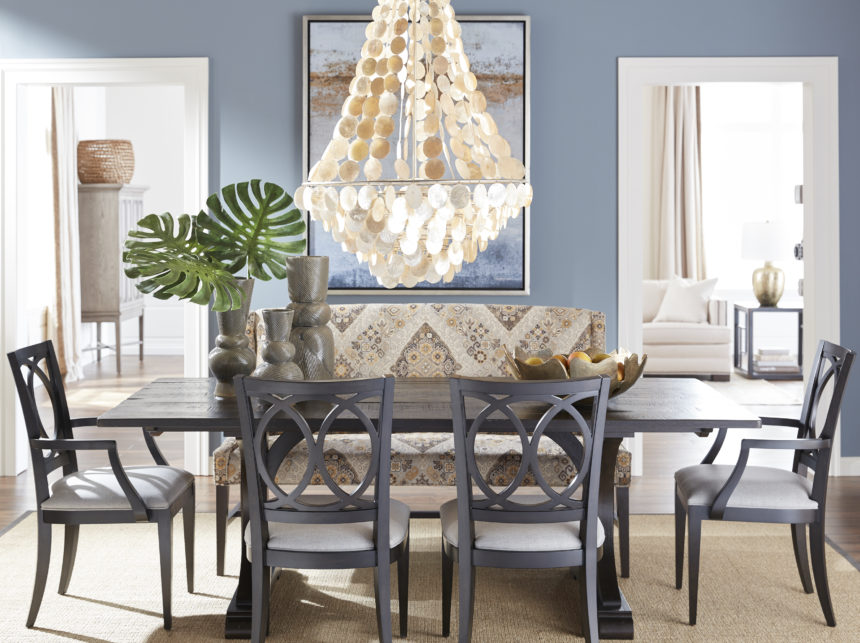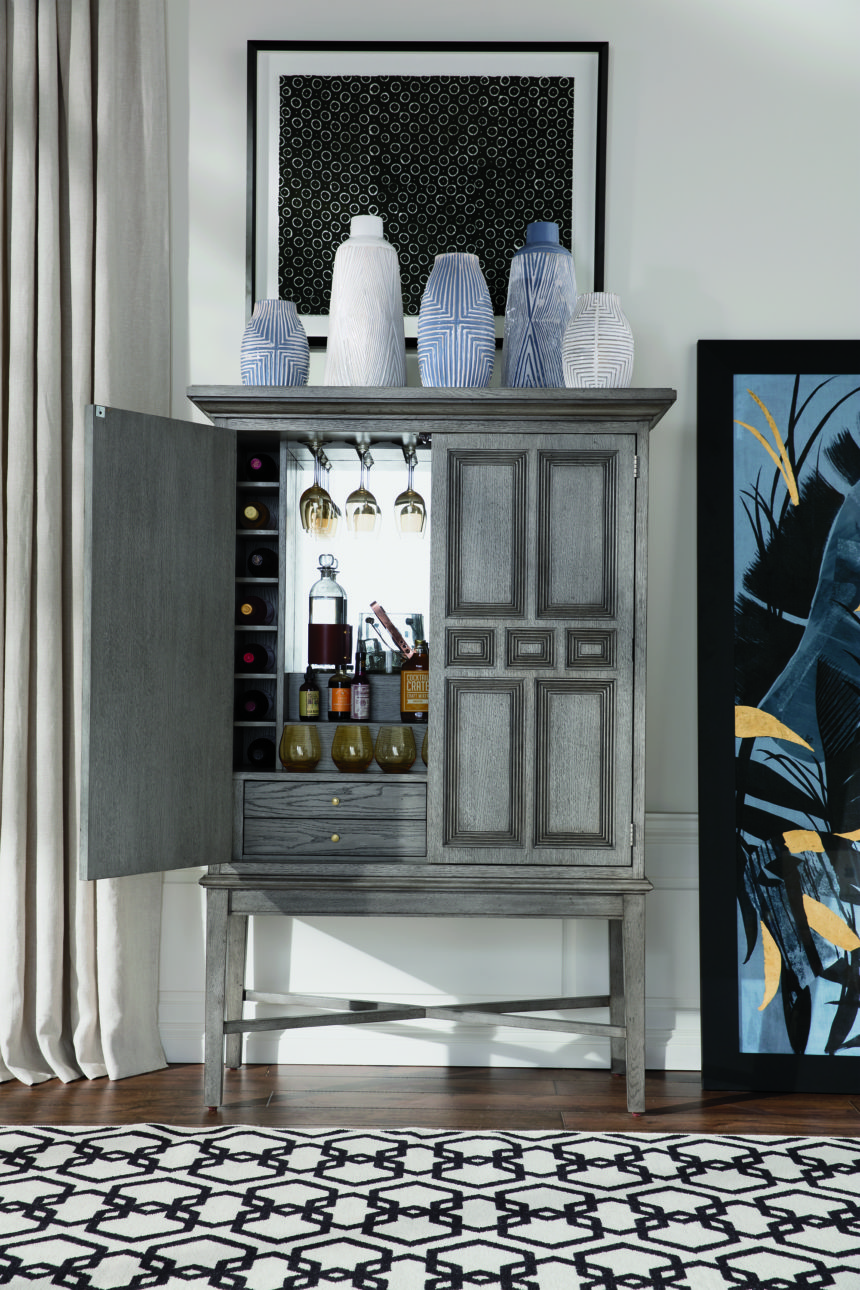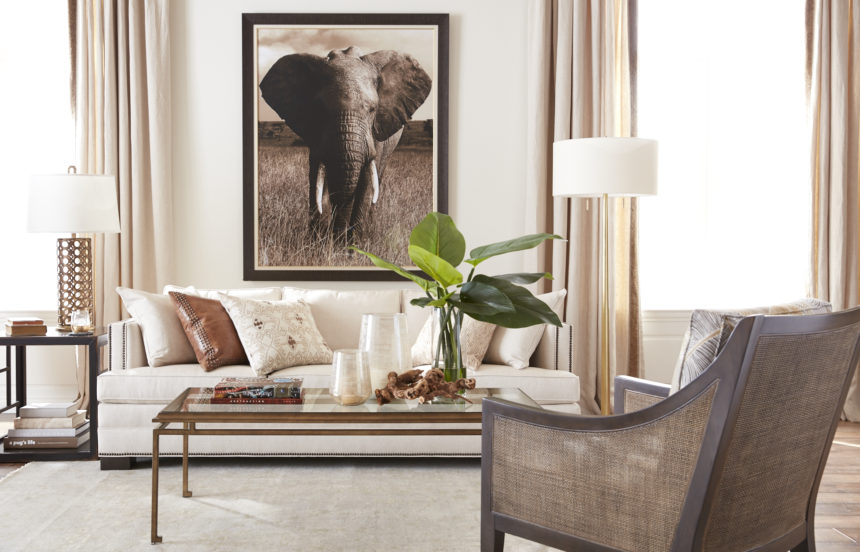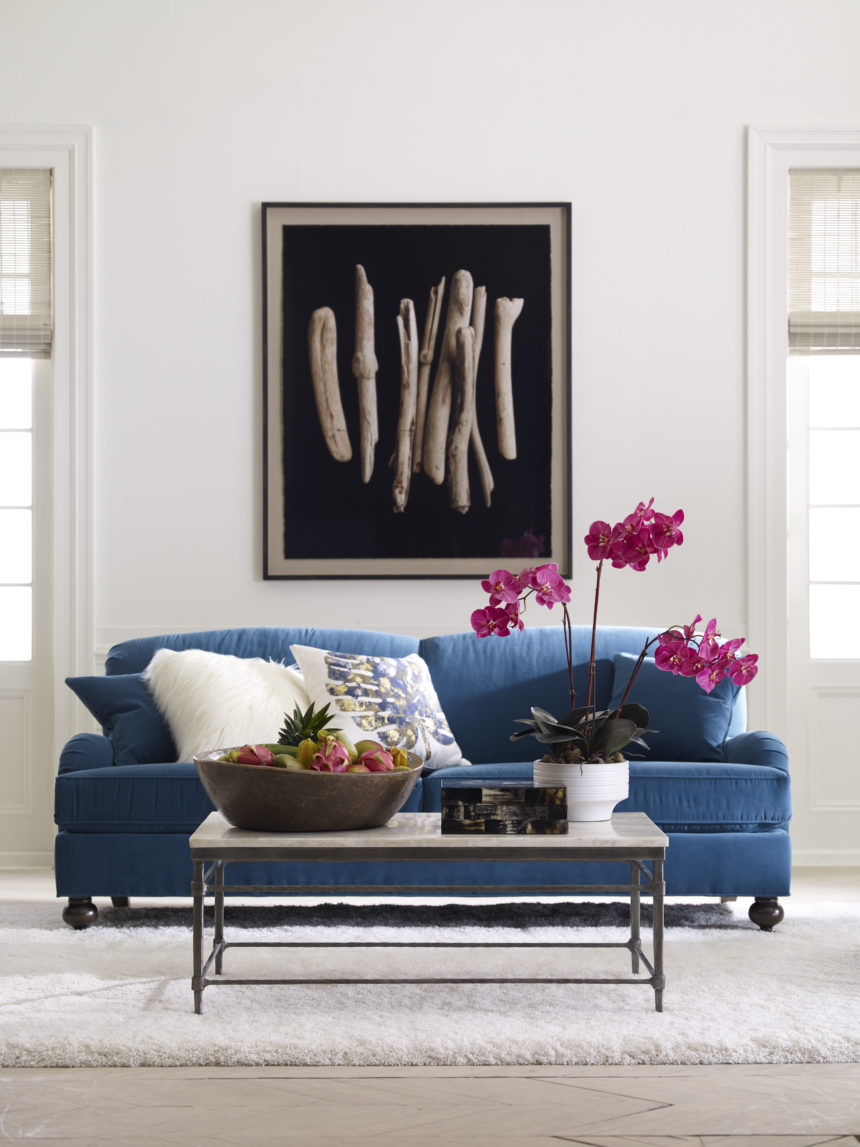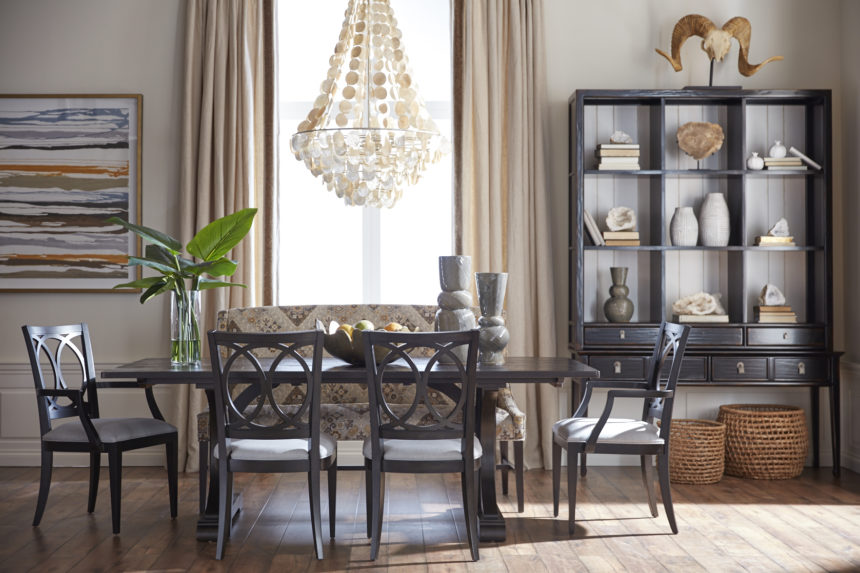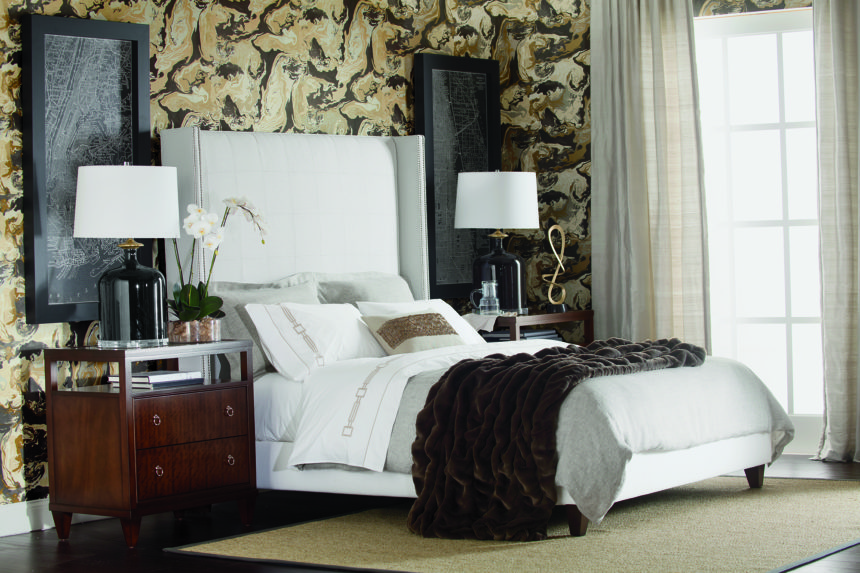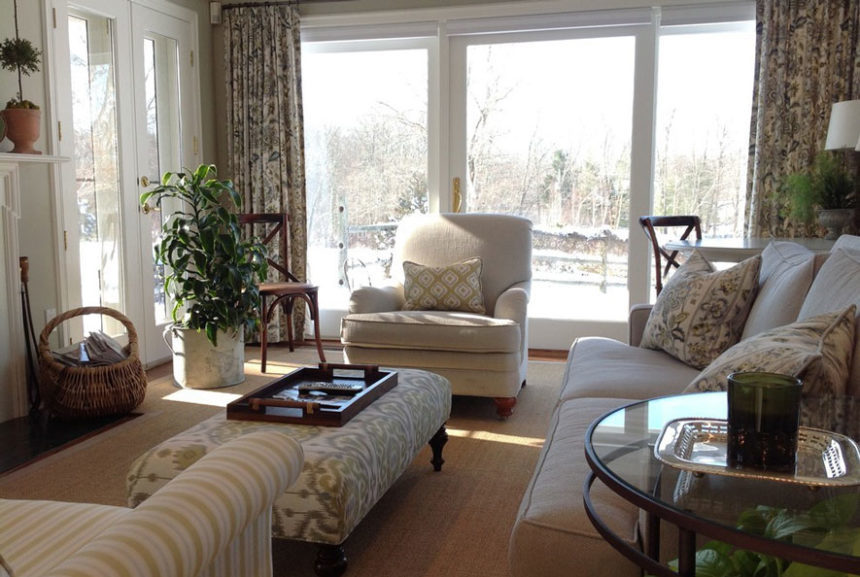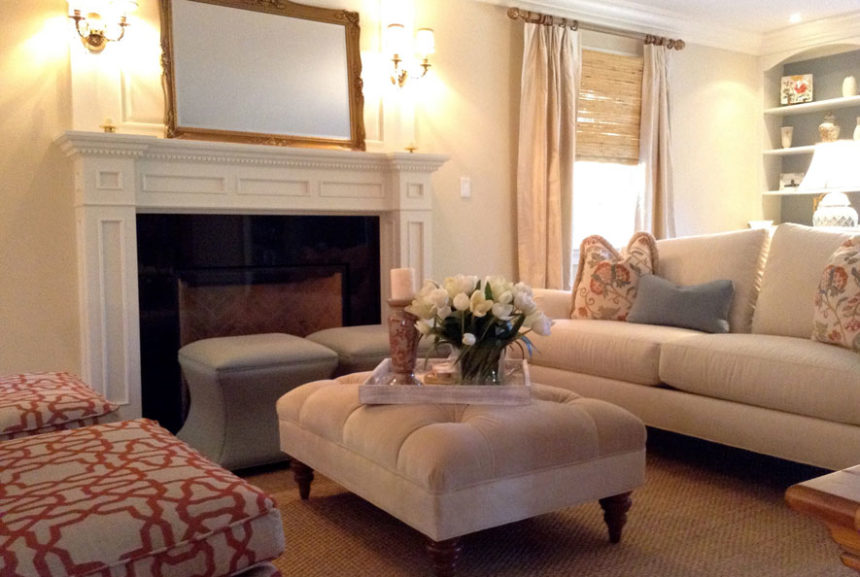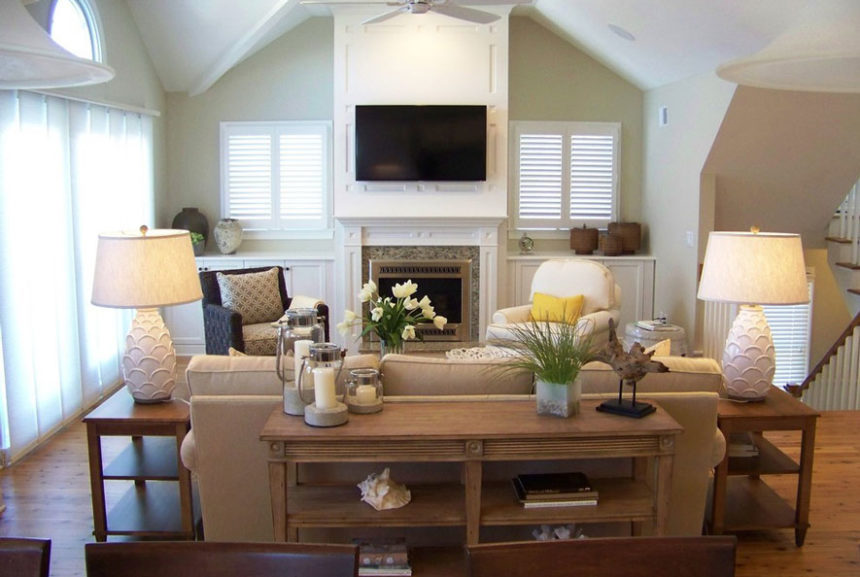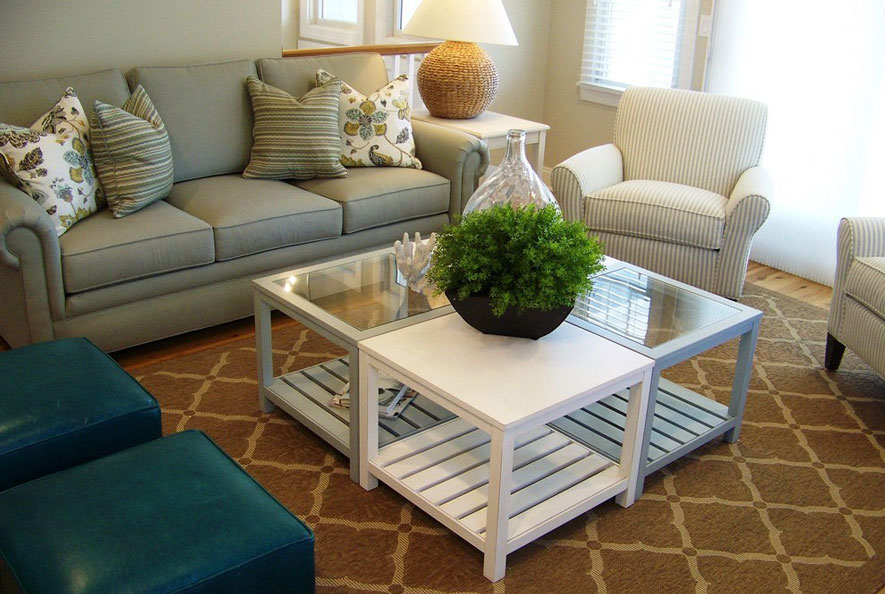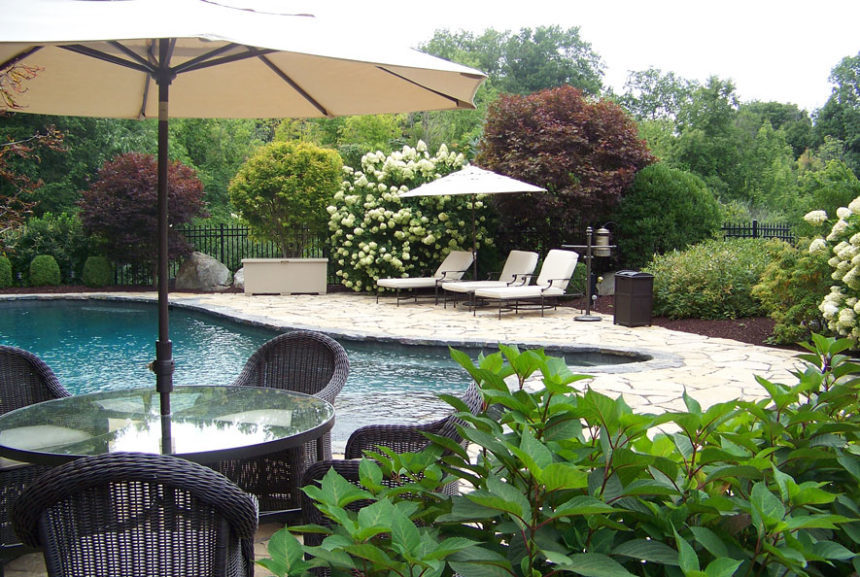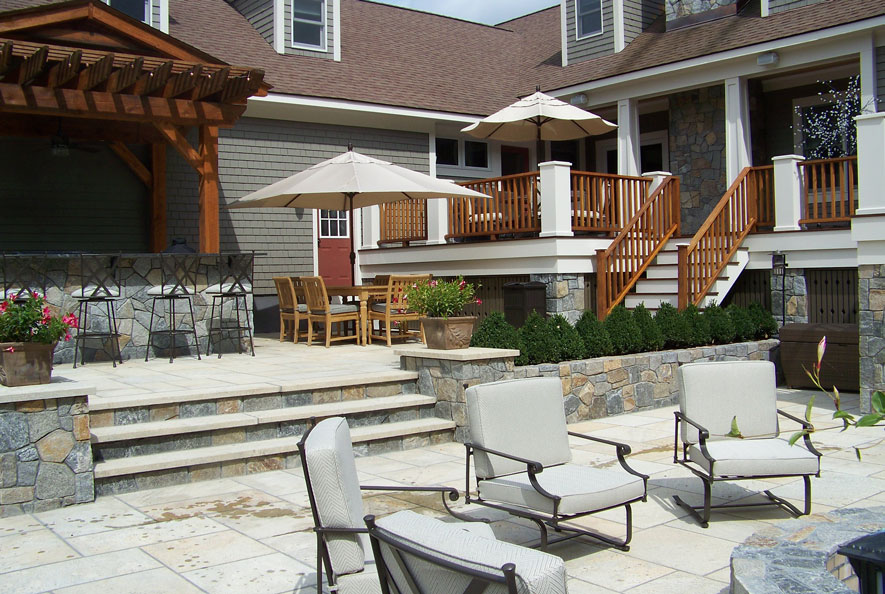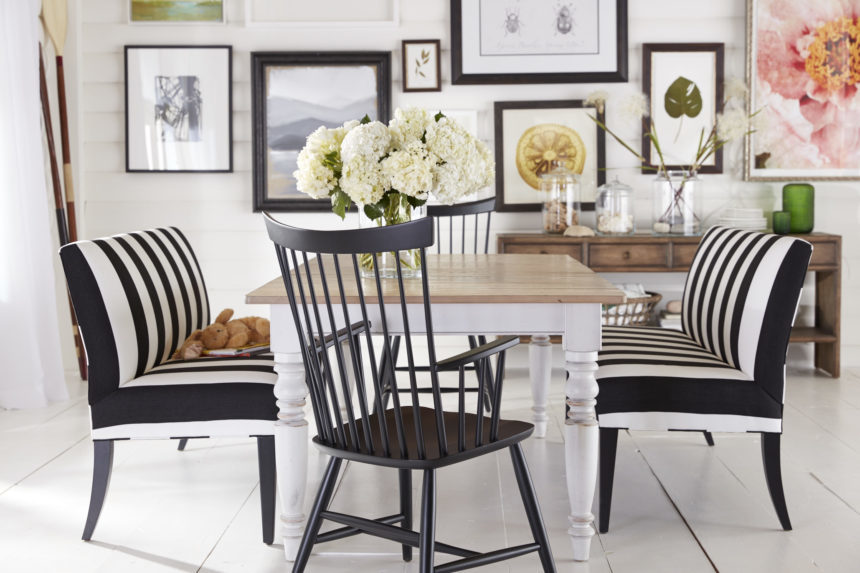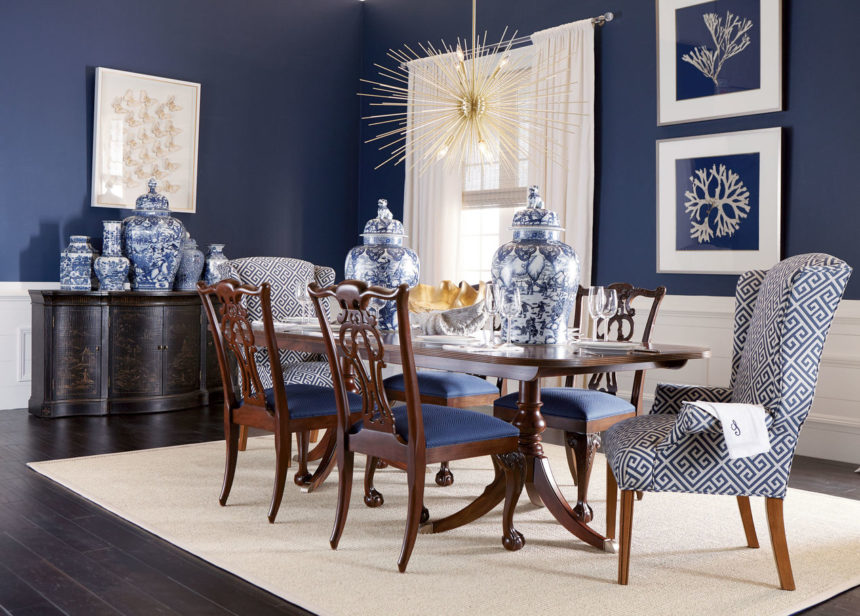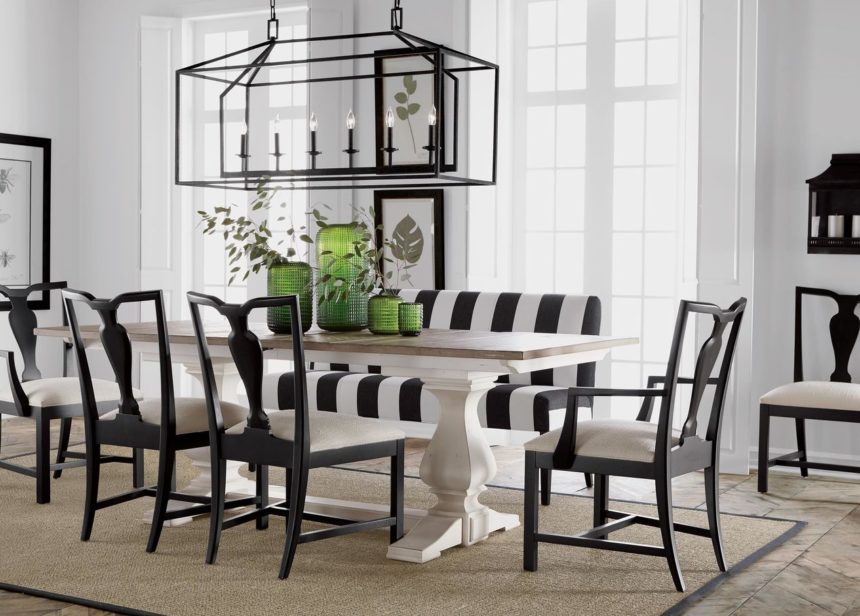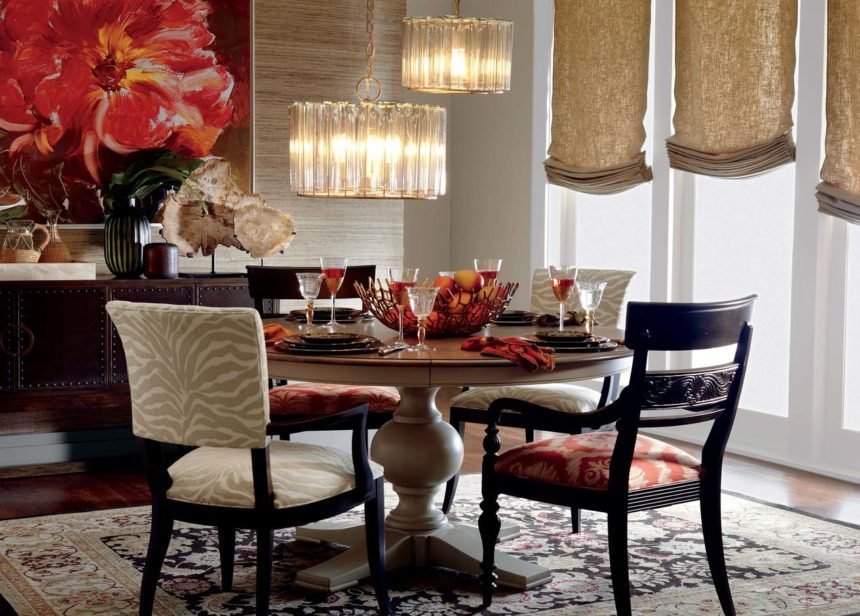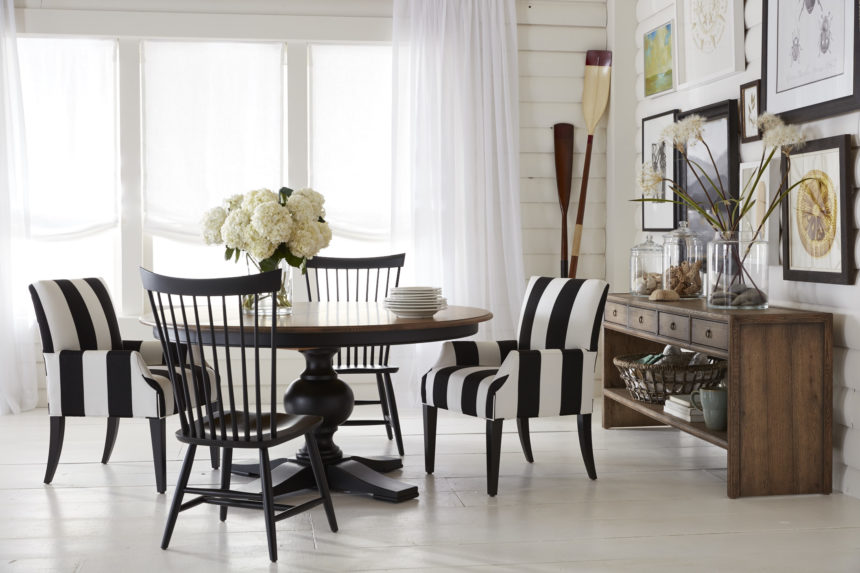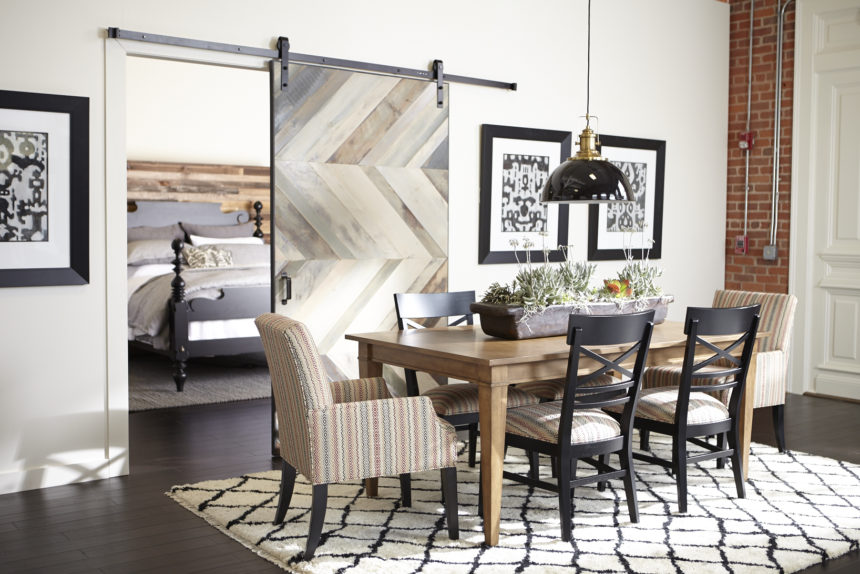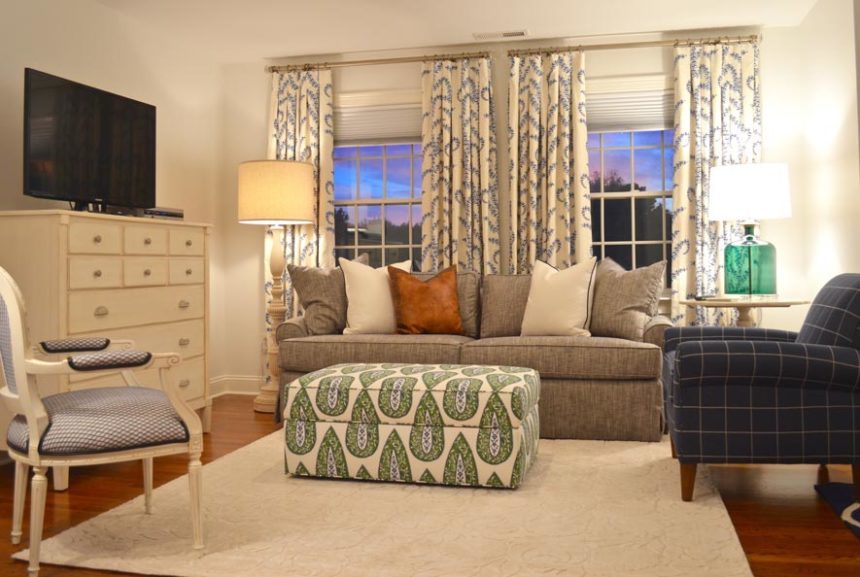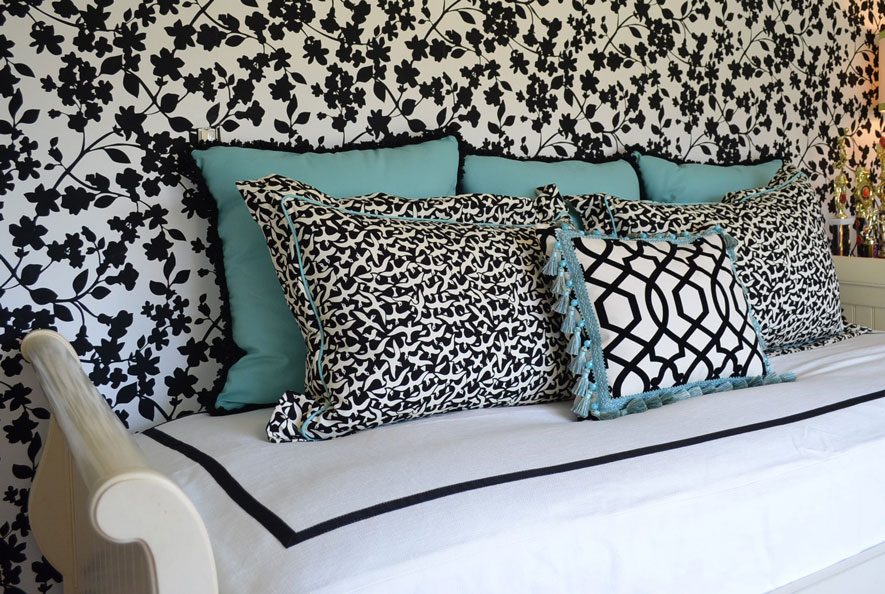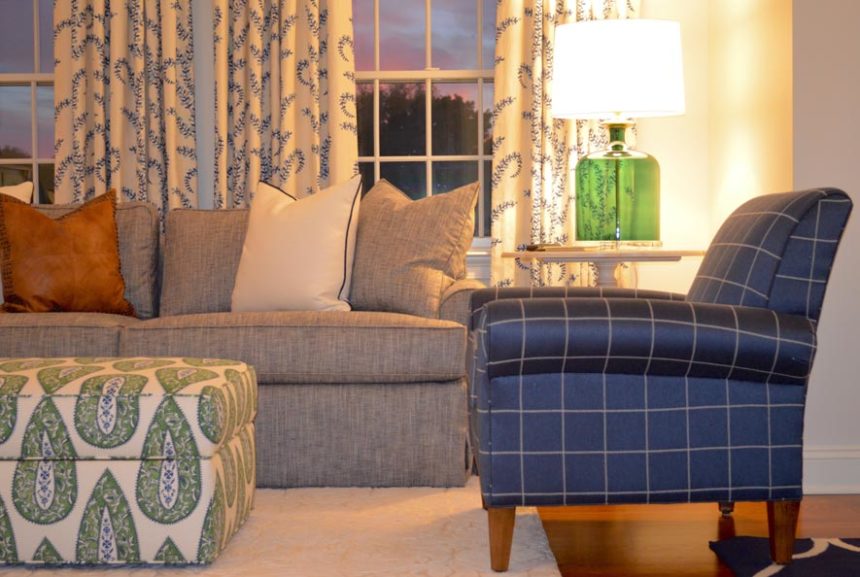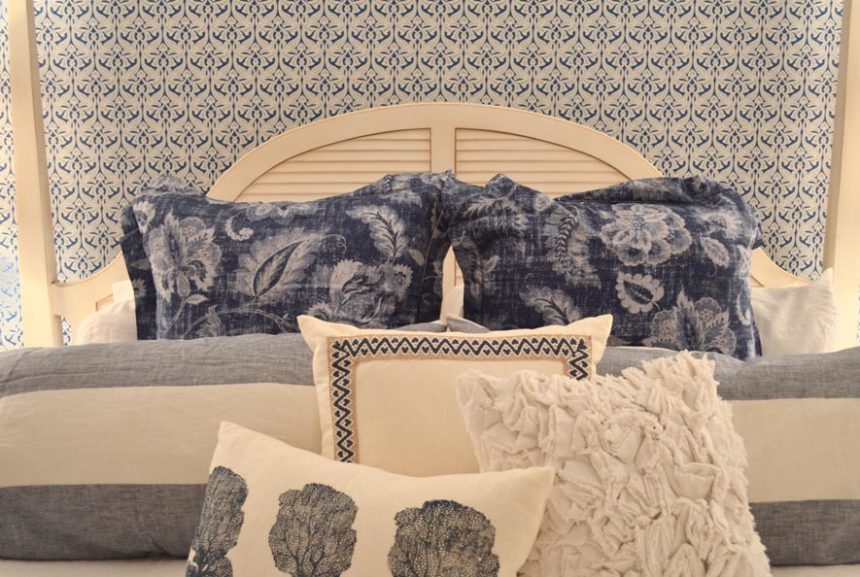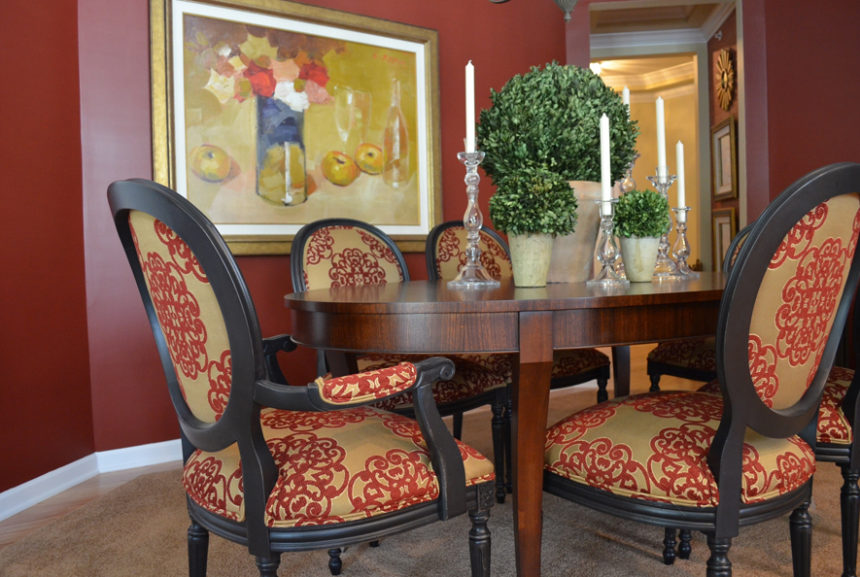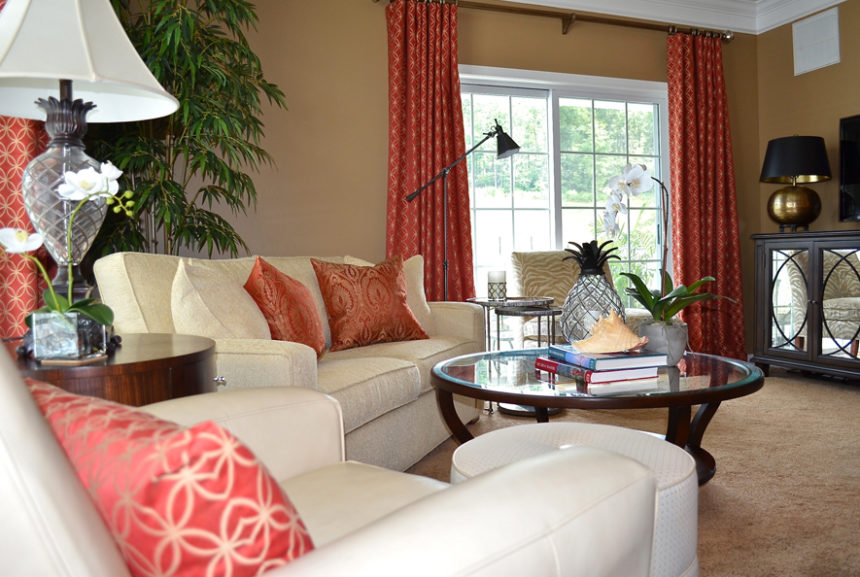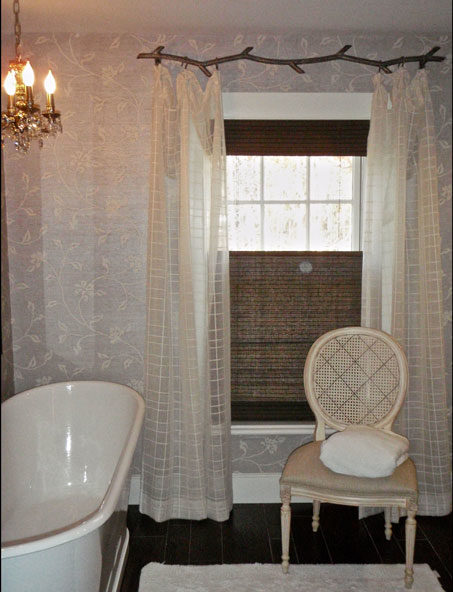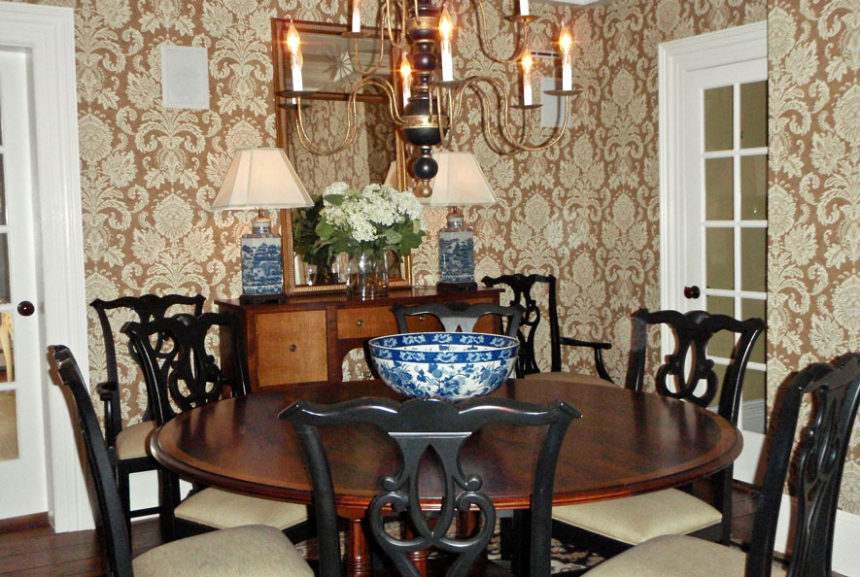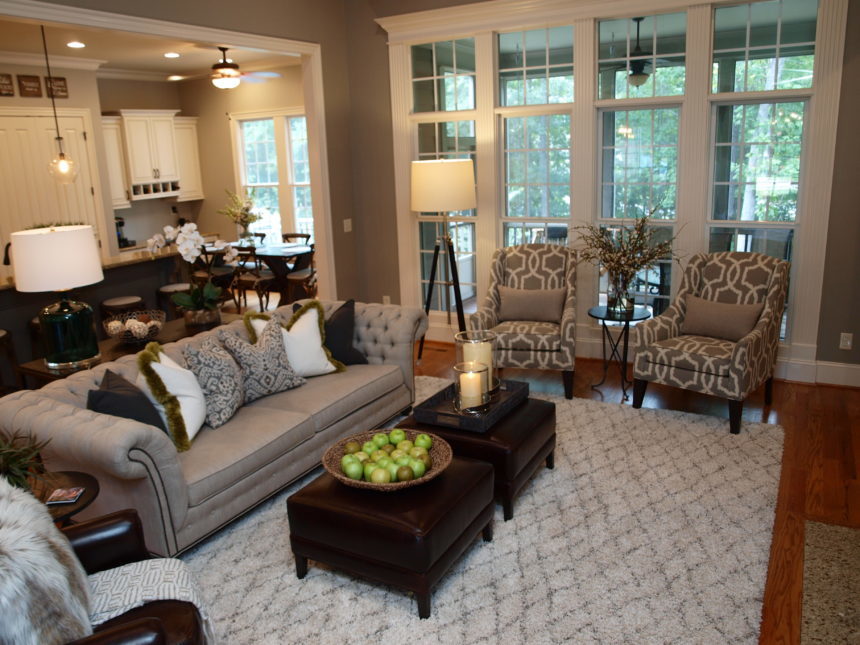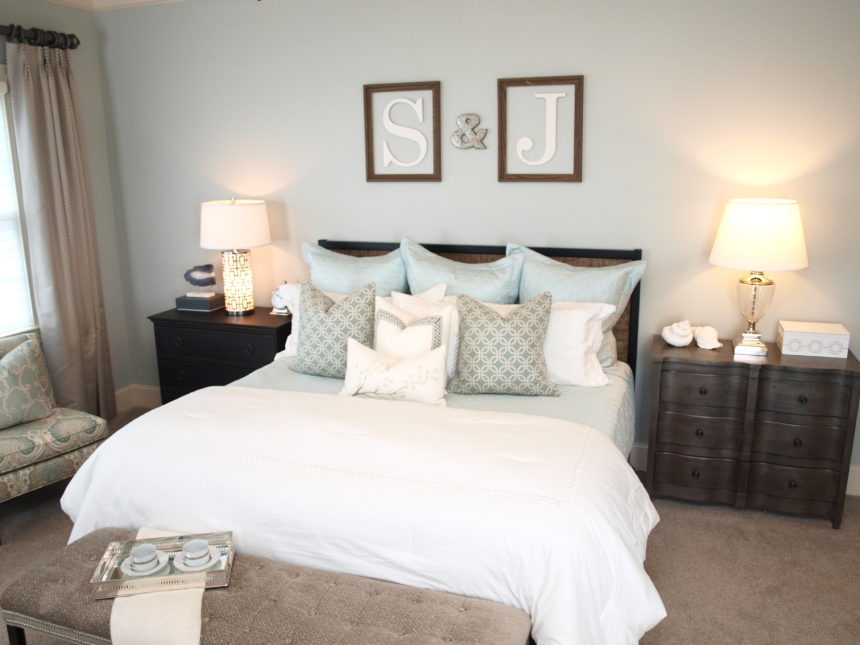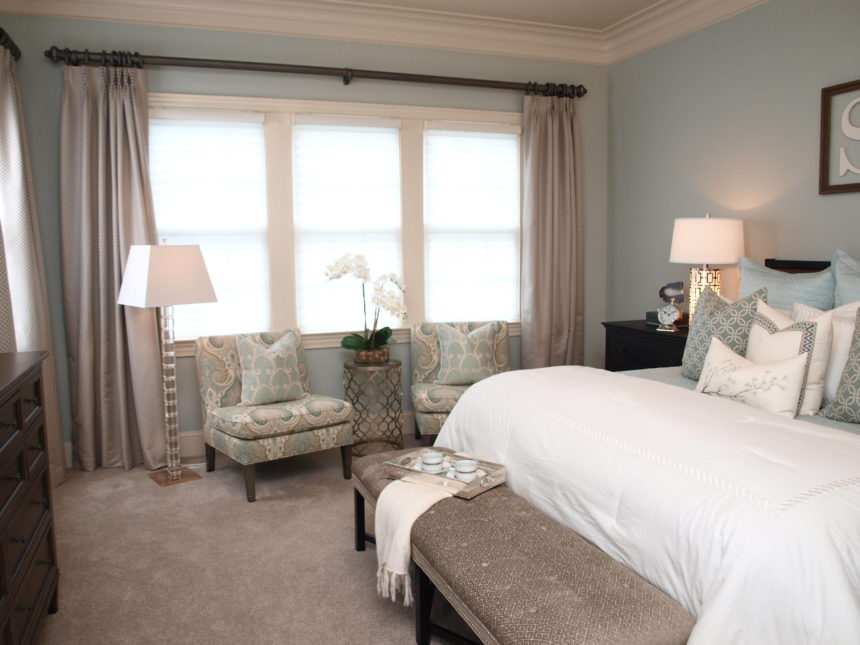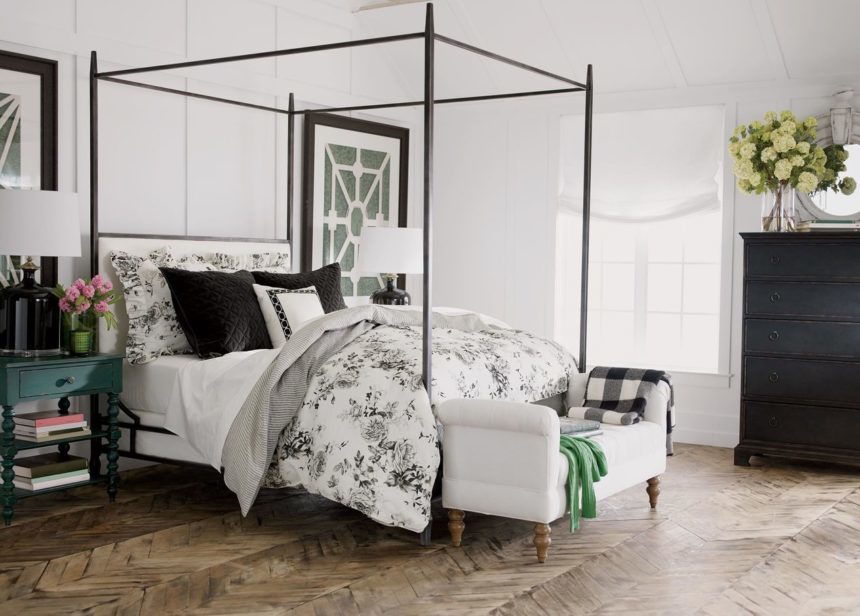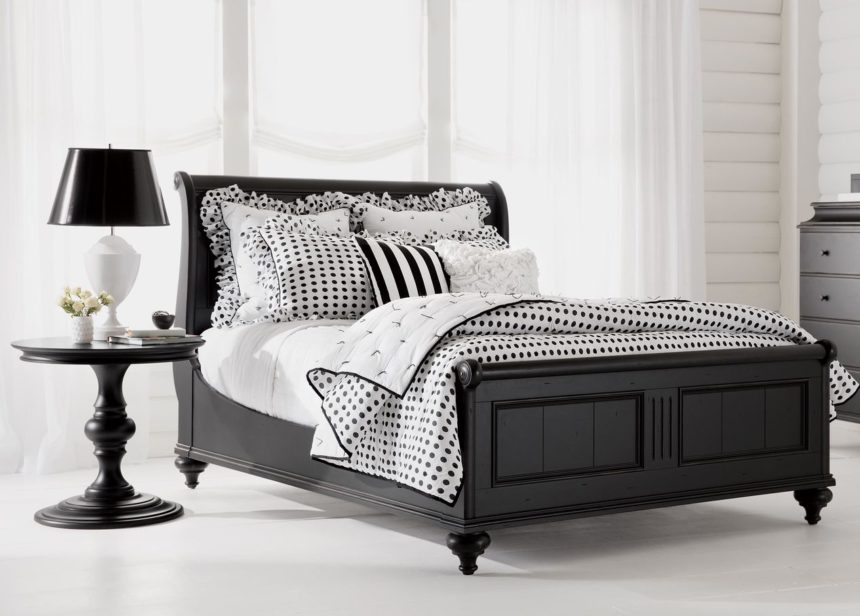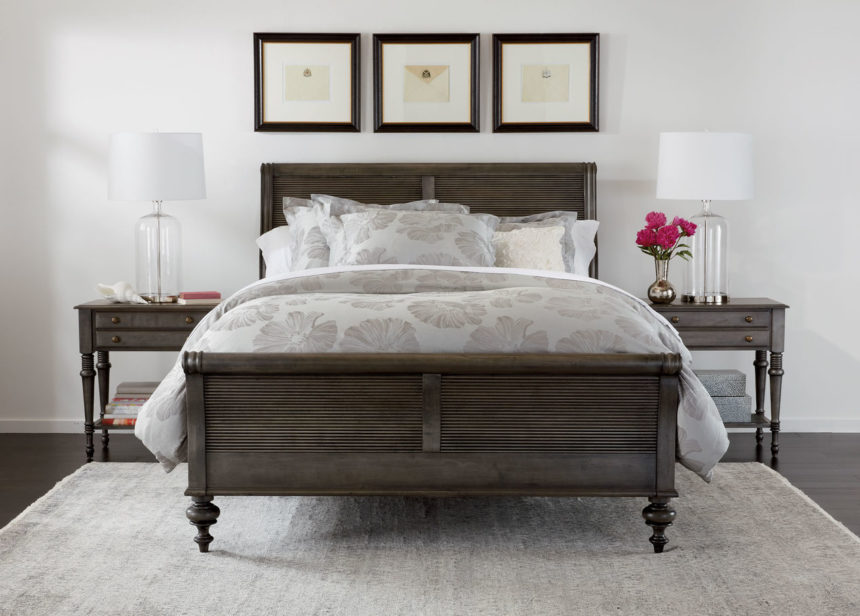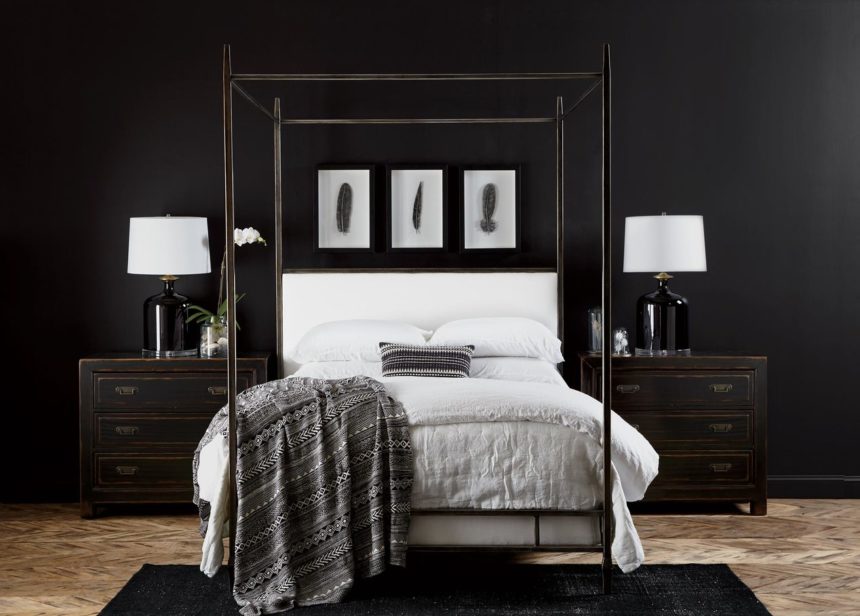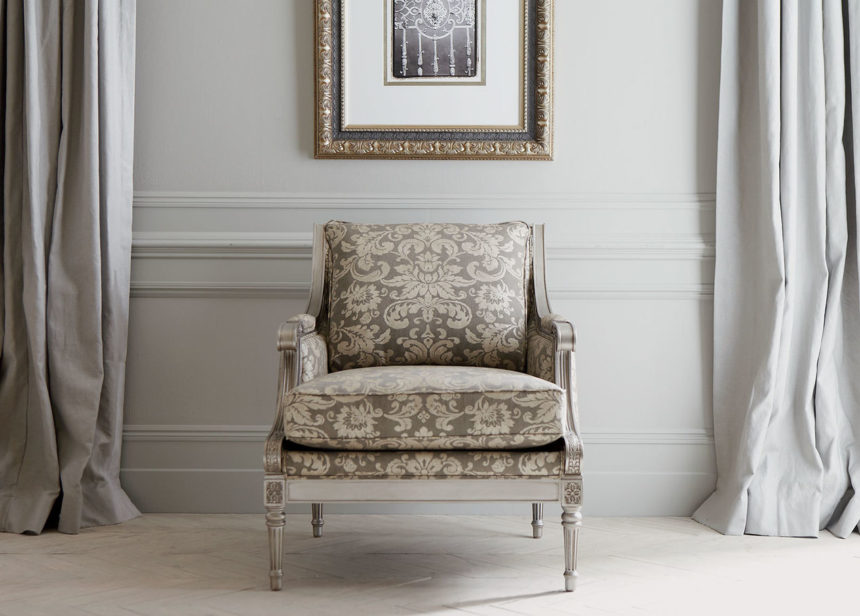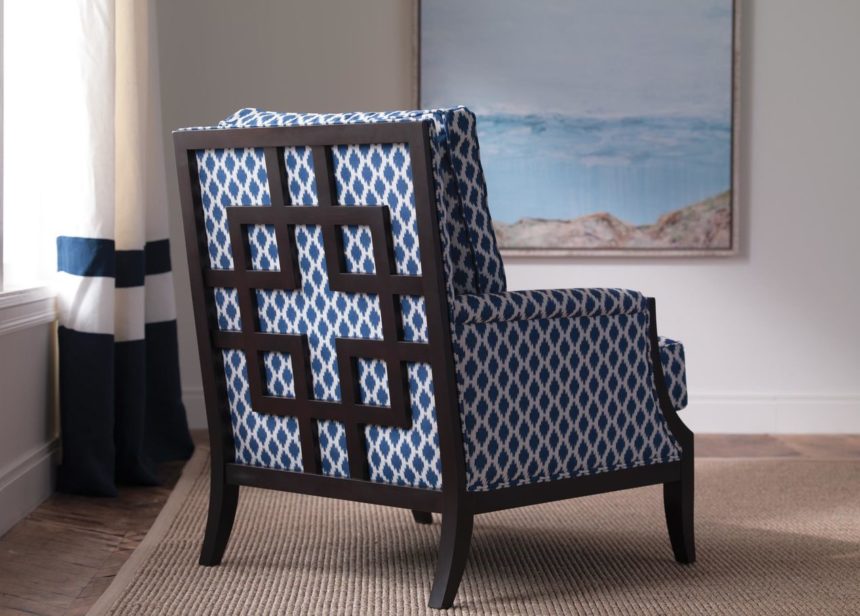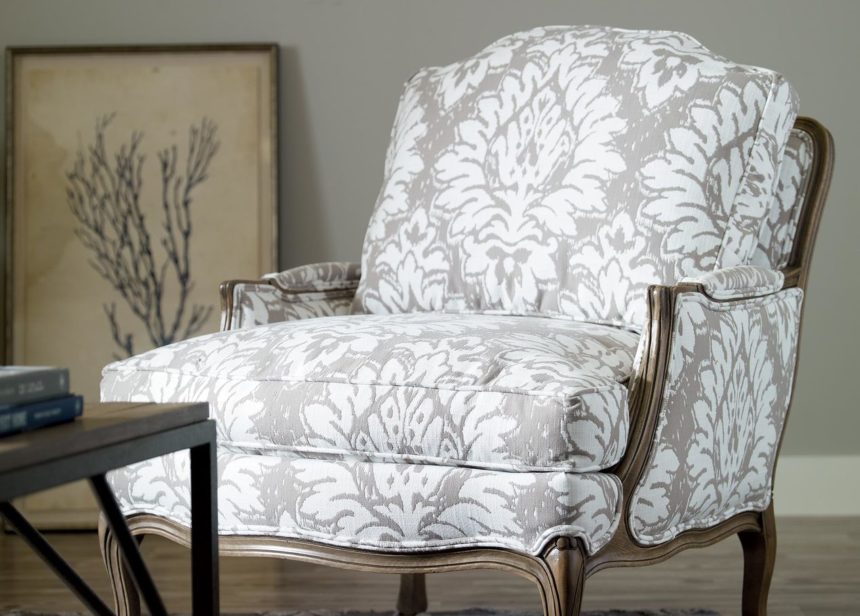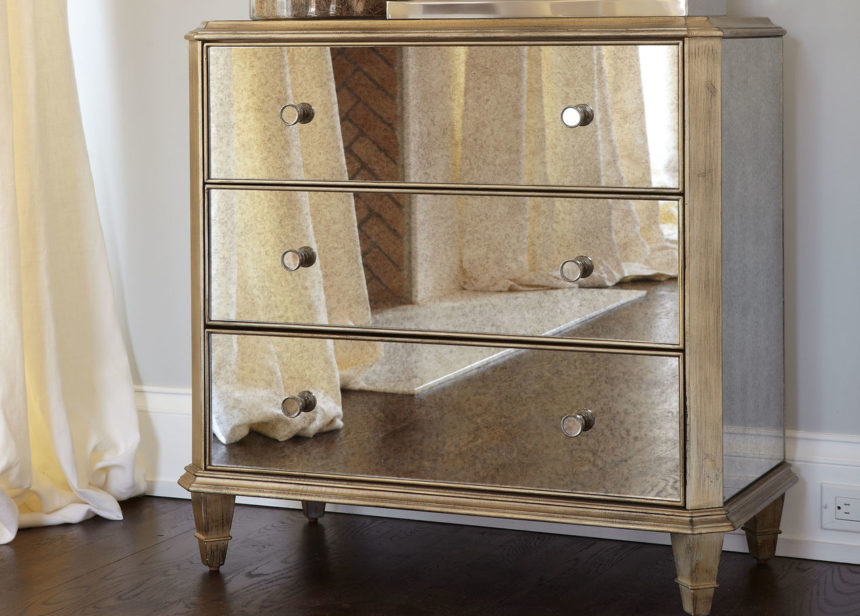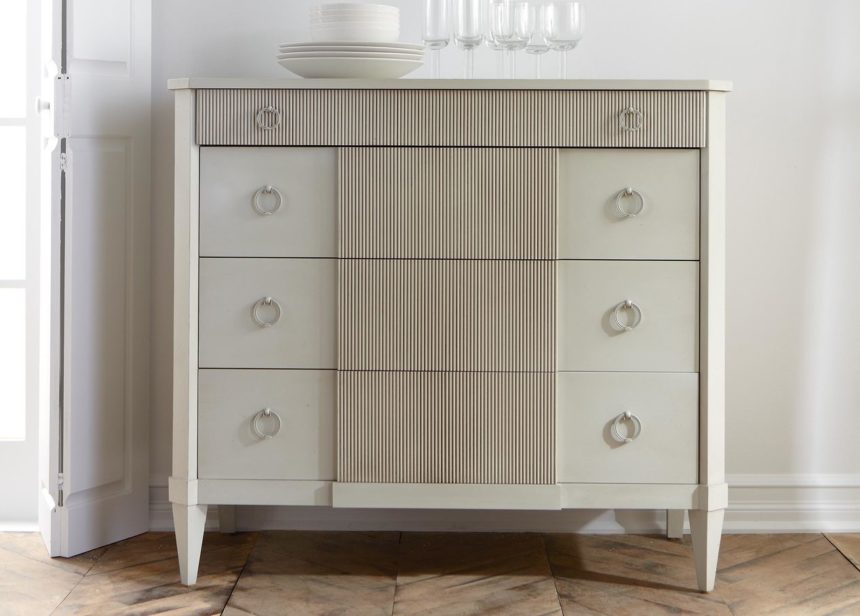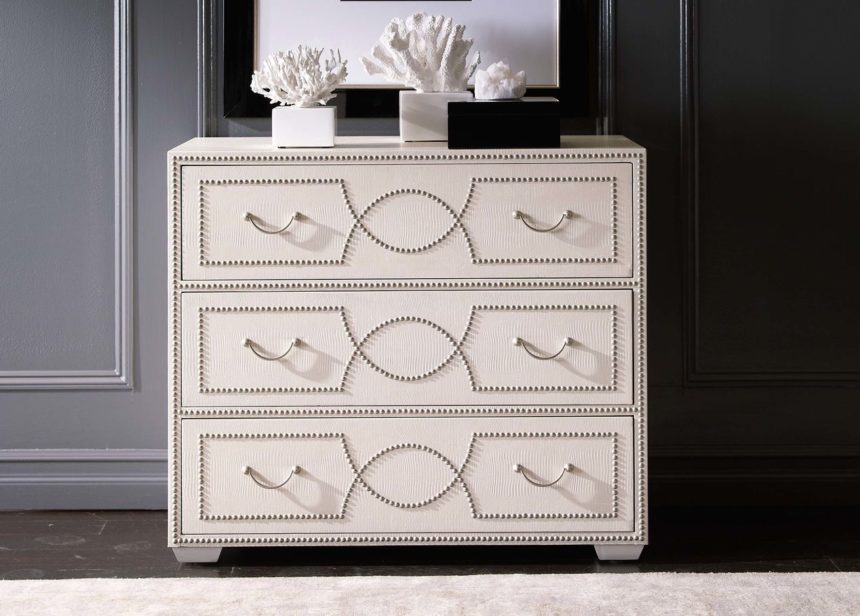Tips for a Stress Free Holiday
This Thanksgiving, say goodbye to entertaining stress! These simple Thanksgiving tips can help you plan a day that everyone can love.
Make a Plan
Nothing is impossible once you break it down into simple steps! So: Get your menu set and your shopping done a few days before; jot down a schedule (e.g., what’s being cooked in what order, who’s arriving when, how you’ll pace the hors d’oeuvres, dinner, and dessert) and build in some socializing time for yourself; and make sure there’s enough seating for all your guests.
Back to the Future
Nothing beats a recipe that’s been passed down for generations. Send happy Thanksgiving memories into the future by preparing a family favorite or two – you could even have copies of the recipes for guests to take home.
Get an Early Start
Check those recipes to see what you can make in advance. Stocks for gravy, sides, and dough are all good candidates for pre-prep.
Ready…Set…Set the Table!
Tablescaping game on. Check out our Harvest tabletop here.
Card Your Guests
Hosting a crowd? Assign seats with place cards, mixing friends and family to create a more social experience.
The Warmest Welcome
Greet your guests with a signature cocktail or a steamy mug of hot mulled cider (with or without the rum!).
Open with a Wow
Feel like stretching those creative culinary muscles? Start with one over-the-top appetizer to get your party started.
Child’s Play
Set up games, an easy craft, or a space where the little ones can put together a simple yummy dessert, and they won’t have time to ask, “Is it ready yet?”
Pass the Sanity, Please
If there are lots of people or lots of dishes, simplify your hosting duties: Set up a buffet near the table and let guests serve themselves.

